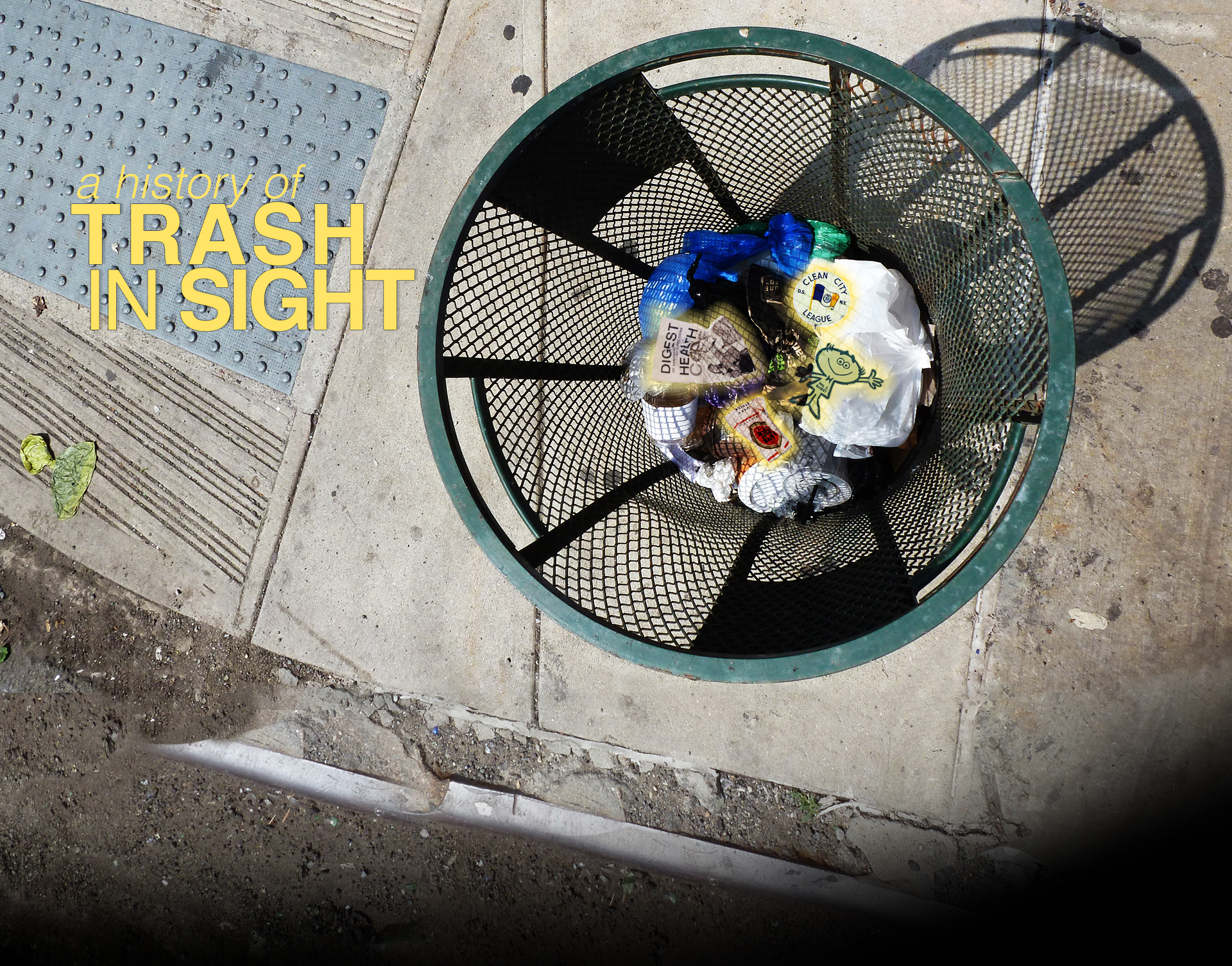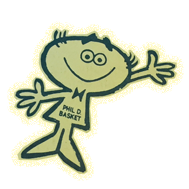
Today, 23,550 thirty-one-pound metal trash cans wait on the streets of New York City for the 68,000 tons of trash tossed in them each year.1Public trash cans – formally called “litter baskets” – were officially placed on sidewalks in 1934. These 3,000 new baskets created a new category of unwanted things: public trash.
“A History of Trash in Sight” takes you through digital reconstructions of New York City public trash cans and their contents from 1930-1960. Each decade’s trash can contains a turning point about “public trash,” along with ideas about cleanliness and control that still resonate in our understanding of trash today.
Take a closer look at what New York City trash was by looking through it. Click on the images of real things and listen to real sounds from the 1930s, 1940s, 1950s and 1960s. Learn what those unwanted things can show about people, power, and what it means to be a part of the public.
SANITATION EDUCATION
The 1930s and Cleaning Up Citizens
SORTED AND SALVAGED
The 1940s and Defining What to Discard
THIS LITTER BELONGS TO YOU
The 1950s and Campaigns for Control
PUBLIC ENEMIES
The 1960s and Seeing SanMen



